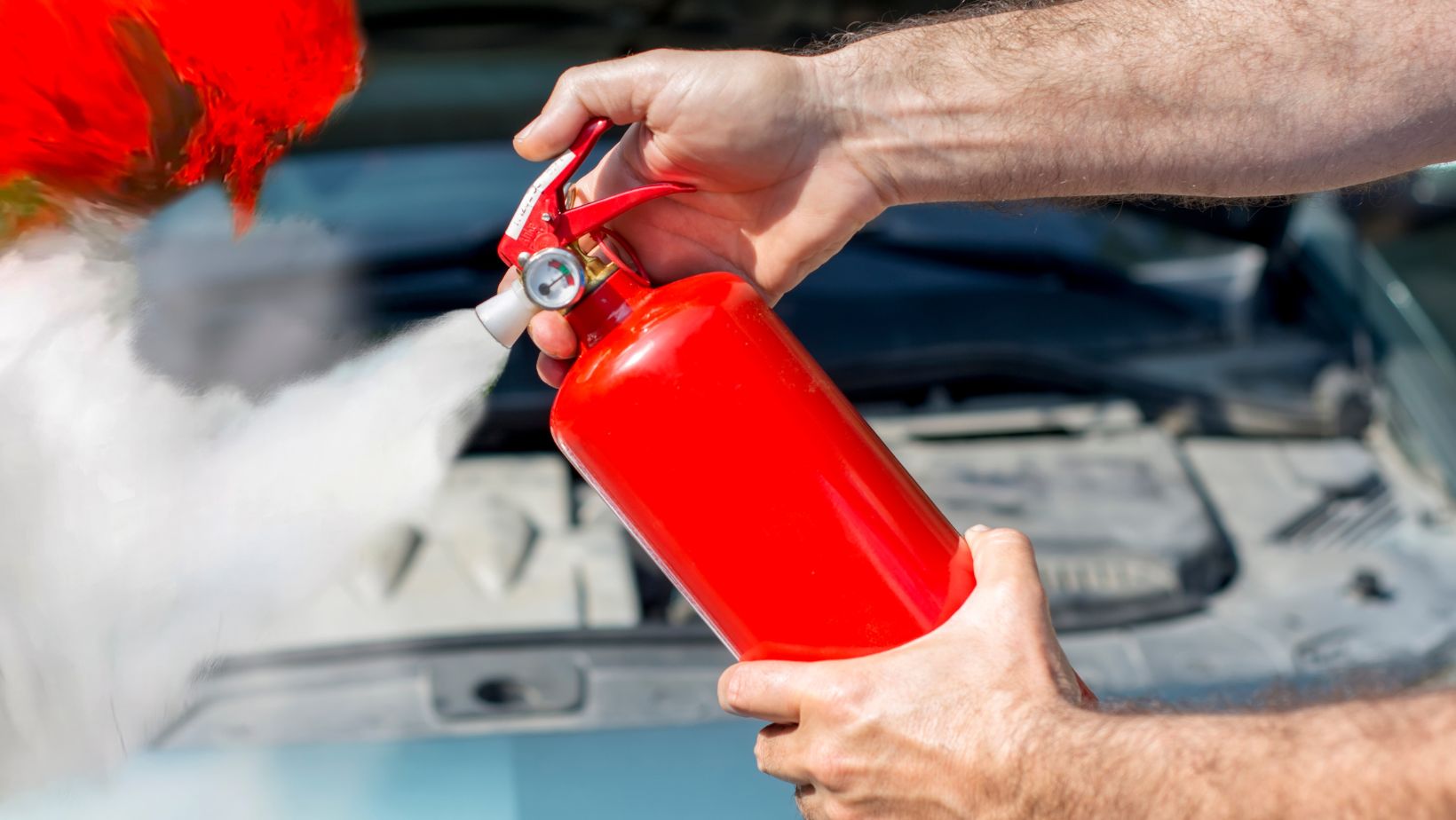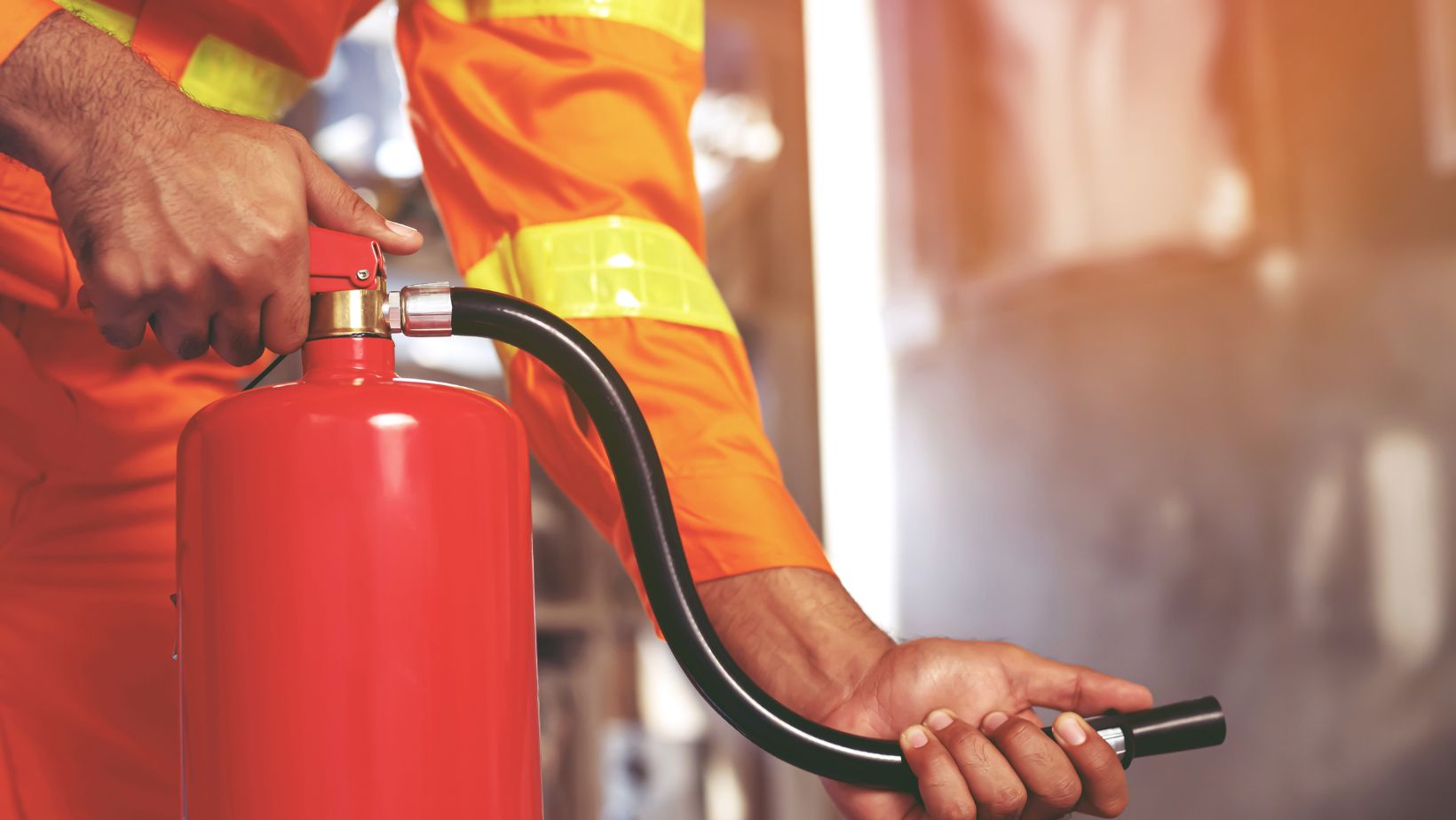When it comes to industrial operations, a fire is more than just an accident; it is a serious threat to human life, valuable property, and the environment. Industries that handle highly volatile compounds, such as chemicals, aviation, oil and gas, and others, face unique and severe fire hazards that call for solutions beyond simple water-based solutions. The use of specialized extinguishing agents is the main line of defense in these high-hazard scenarios. One of the most reliable fire extinguishers is the Purple K fire extinguisher, a dry chemical. Based on potassium bicarbonate, this compound is particularly effective against Class B flames, which contain flammable liquids and gases. Unlike water, it works by chemically halting the combustion process, allowing fires that are spreading quickly to be put out. Because it is non-conductive, it is also safe to use on powered electrical equipment, which is a common secondary hazard in industrial settings. Because of this, Purple K is a recommended firefighting agent in areas with flammable materials and sophisticated machinery.
Because these facilities are so complex, one extinguisher is never enough. Instead, a tiered approach is used to integrate multiple technologies into robust fire safety systems. These devices are intended to automatically and instantly detect, warn of, and extinguish fires, frequently before human intervention is practical. They typically have sophisticated detection equipment, like gas, heat, or flame detectors, to identify a fire in its early stages. Once a fire has been established, the system can automatically start a range of suppression chemicals based on the specific risk. A foam system might spread a layer of foam to cover a spill of flammable liquid, while a deluge system might release a massive amount of water to cool a large tank farm. By releasing an inert gas into enclosed spaces, a clean agent system could extinguish a fire without endangering sensitive electrical equipment. Industrial fire protection is built on these integrated systems, which are designed to prevent fires from spreading and causing a series of catastrophic events.
Regular testing and close supervision are necessary for the ongoing maintenance of these complex systems. Industrial fire safety protocols involve comprehensive risk assessments and employee training in addition to routine maintenance. Regular training ensures that employees are prepared for any emergency, and strict adherence to safety regulations and standards ensures that all equipment is performing at its best. Several actions are necessary to prevent small incidents from becoming major catastrophes. Every component of the fire safety strategy, from the individual extinguisher to the integrated suppression network, should be primed and ready to respond in a state of continuous preparedness. This proactive safety culture truly defines an industrial activity that is well-protected.
After all, advanced fire suppression in high-hazard industries is a constantly evolving field. New fire risks also emerge with the development of new materials and technologies. The top engineers and specialists in the field are constantly developing fresh and innovative ways to deal with these problems. Enhancing extinguishing agents, developing more sophisticated detection systems, or combining fire safety with more extensive operational systems are a few examples. This commitment to innovation ensures that even in the most dangerous circumstances, people and property can be protected and the fire can be contained.


